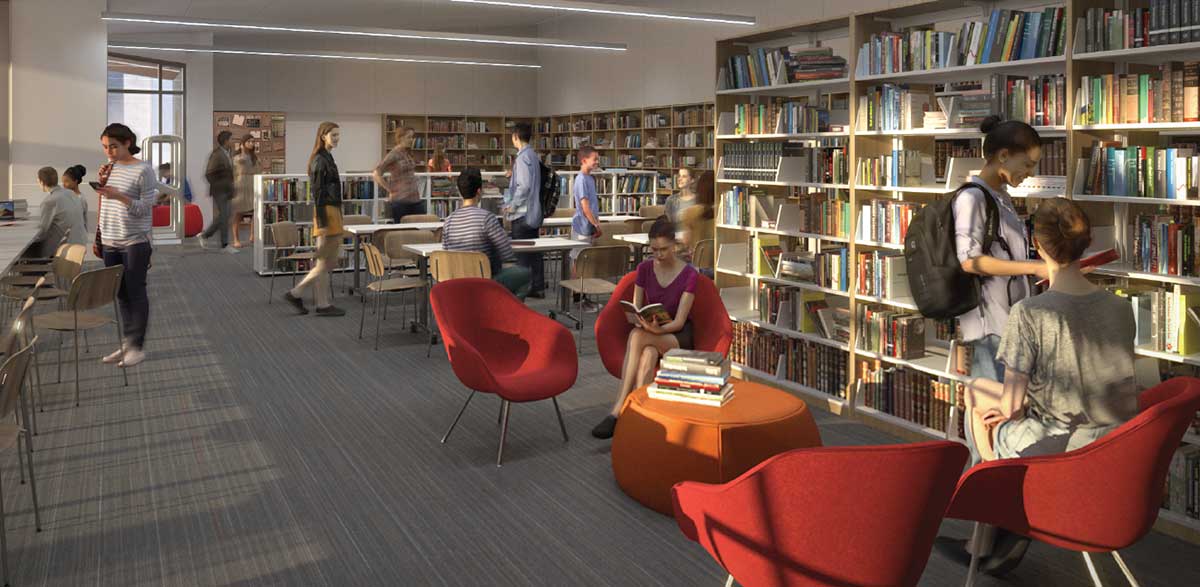371 Bloor Street West
Toronto, ON M5S 2R7 get directions
Toronto, ON M5S 2R7 get directions

.png?command_1=resize&width_1=220)
Last Saturday, I attended a research conference and had the privilege of hearing Dr. Tracey Vaillancourt of the University of Ottawa present on adolescent mental health post-pandemic. Dr. Vaillancourt holds a Canada Research Chair in school-based mental health, and the data she presented on the state of adolescent mental health across Ontario was difficult but important to hear.
We are all eager to move on from COVID. That period of time was undeniably difficult and our desire to reestablish “normal” burns brightly. In some areas of life, I’m back to where I was – dinners in restaurants, movies in packed theatres, readily available toilet paper on store shelves. In other areas, such as school, I tell myself we’re back – in person classes, co-curriculars galore, competitions, track meets, music nights – all the things we temporarily lost or had to adjust. Yet if I’m honest, I know that something’s not the same – and educators across the country know it, too. The isolation caused by COVID, the impact of online learning and the increase in time our children spent on social media (while socially isolated), has changed who we have in our classrooms, how they are learning and how they are coping.
I am always a “glass is half full” kind of person, so I am not filled with doom and gloom. I am, however, a pragmatic optimist who believes that looking openly at problems is the first step to problem solving. So my message this week is not meant to cause undue concern, but to inform and reassure that the school is thinking deeply about the data and our response.
So what are we seeing in Ontario and (as a microcosm of the province) at UTS? I’ll start by saying that many of our students are highly resilient, and if that’s what you see in your household, that is wonderful. But collectively, we are seeing changes that align with what other schools (and most definitely other independent schools), are seeing across the country. Our students seem emotionally younger than they used to be, they’re struggling more with in-person group dynamics, not collaborating as easily, less adept at problem-solving social difficulties, and harder to keep focused.
Researchers in Ontario such as Dr. Vaillancourt are seeing changes, too:
Jurisdictions across Canada and elsewhere are paying attention. Ontario’s upcoming school cell phone ban is being positioned, school boards are suing social media companies and even the National Academies of Sciences, Engineering and Medicine are weighing in with advice. At the policy level, that’s fine but schools like ours need to look at practical, meaningful changes in how we support our students.
Dr. Vaillancourt focused on four key areas that schools should focus on in order to increase mental wellness amongst children and adolescents:
In the months ahead and as we fine-tune our strategic plan, we will continue to look at research-informed approaches to supporting our students' mental and physical health. Working with experts and engaging our parents as partners, we will respond with thoughtful wisdom, compassion and determination to provide students with the tools they need to learn and develop as successful young adults.
Read more of Dr. Foster's Blog
#fosteringbrilliance
.png)